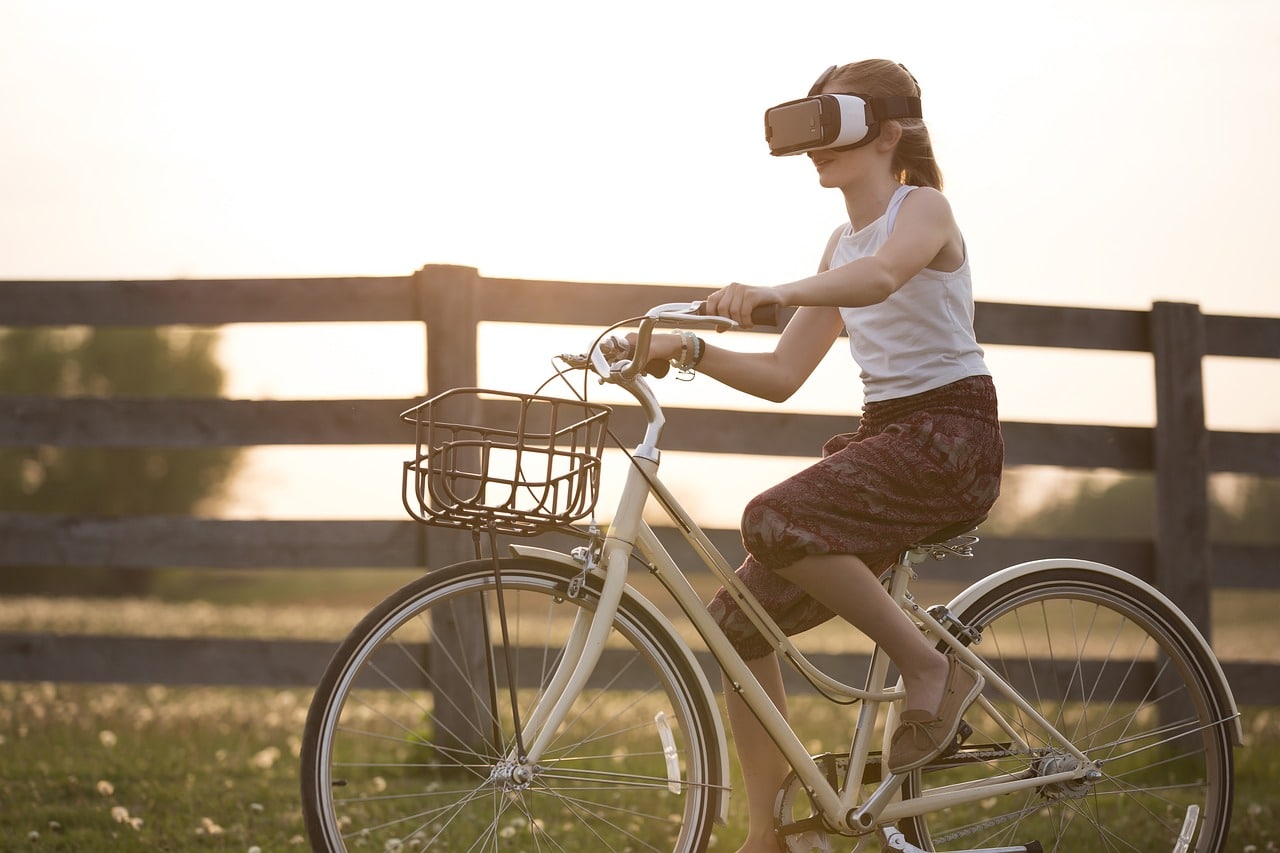What are the implications of virtual and augmented reality technologies in sports training and education?

As we delve deeper into the 21st century, it’s impossible to ignore the influence technology is having on nearly every aspect of our lives. One exceptional area where we can see this influence is sports training and education. Notably, the advent of virtual and augmented reality technologies is revolutionizing the way athletes train and learn.
In this article, we’ll explore the implications these technologies have on sports training and education, focusing on virtual and augmented reality’s impact on student-athletes’ performance, learning, and decision-making abilities.
A lire en complément : What methods are used to ensure fair play and integrity in electronic sports (eSports)?
The Intersection of Virtual Reality and Sports Training
The rise of virtual reality technology has brought massive changes to sports training. Virtual reality, or VR, is a computer-generated immersive environment where users can interact with a 3D world.
In the context of sports training, VR is a game-changer. It offers athletes a safer and more controlled environment to hone their skills. For instance, a football player can practice making plays without the risk of physical injury. Similarly, a gymnast can perfect a complex routine in a safer space.
Sujet a lire : How can sports serve as a platform for promoting environmental awareness and action?
Additionally, VR provides real-time data and performance analysis, allowing trainers and athletes to pinpoint areas of strength and weakness. By leveraging this data, athletes can make precise improvements to their performance.
The Role of Augmented Reality in Sports Education
Augmented reality (AR) differs from VR in that it overlays digital information on the real world, rather than creating a wholly virtual environment. Using AR in sports education offers an interactive and engaging learning experience for athletes.
For instance, a tennis player can use AR glasses to visualize the ideal serve trajectory while actually serving. In a similar vein, a basketball player could use AR to visualize the best angle for a shot, making it easier to understand and apply complex physics principles involved in the game.
By integrating AR into sports education, athletes can improve their understanding of the game’s technical aspects, enhancing their overall performance.
The Impact on Athletes’ Learning and Performance
The introduction of VR and AR technologies in sports training and education has significant implications for athletes’ learning and performance.
Firstly, these technologies offer a more engaging and immersive learning experience. The athlete is no longer just a passive observer; instead, they’re actively participating in a realistic, yet controlled environment. This immersive learning boosts their understanding and retention of knowledge, contributing to improved game performance.
Secondly, the data generated by these technologies allows for a detailed analysis of the athletes’ performance. This data can be utilized to create personalized training programs, addressing the individual needs of each athlete and maximizing their performance potential.
Decision-Making and Strategic Planning in a Virtual Environment
The use of VR and AR technologies can also enhance athletes’ decision-making abilities and strategic planning. In the heat of a match, athletes often have to make split-second decisions that can determine the outcome of the game.
Training in a virtual or augmented reality environment can simulate these high-pressure situations, providing athletes with valuable practice in making quick, effective decisions. Moreover, they can rehearse different strategies and tactics in a risk-free environment, preparing them for real-world scenarios.
The Future of Virtual and Augmented Reality in Sports Training and Education
Looking ahead, the role of VR and AR technologies in sports training and education is set to grow exponentially. There are already numerous applications of these technologies across various sports, and as they continue to evolve, their impact will only increase.
For instance, we could see more advanced VR training simulations that can mimic specific game scenarios or individual opponents. Meanwhile, AR could offer even more sophisticated overlays that provide real-time advice or analysis during a game.
Moreover, these technologies could also be integrated into the broader education of athletes. For instance, virtual classrooms could be used to teach student-athletes about nutrition, injury prevention, and other essential aspects of athlete health and well-being.
Ultimately, the integration of VR and AR technologies into sports training and education is not just improving the way athletes train and learn—it’s redefining it. By offering a more immersive, interactive, and data-driven training experience, these technologies are helping to create a new generation of athletes who are better prepared, more skilled, and more knowledgeable than ever before.
Leveraging Virtual and Augmented Reality for Fan Engagement
In the grand scheme of sports, fan engagement is a critical component that cannot be overlooked. The advent of virtual reality and augmented reality technologies has opened new avenues for fan engagement, transforming the way fans experience and interact with their favorite sports.
Virtual reality creates an immersive environment that transports fans from the comfort of their homes to the center of the action. This technology has the potential to provide fans with a front-row seat to the game, no matter where they are. Fans can feel the adrenaline rush of a touchdown or the excitement of a home run as if they were physically present at the stadium. This heightened sense of real-time involvement can significantly enhance the fan’s overall experience and their emotional connection to the team or athlete.
On the other hand, augmented reality overlays digital content onto the real world, offering an enriched viewing experience. For instance, fans can use AR glasses to see player statistics or real-time analysis while watching the game. This additional layer of information can not only make watching sports more exciting and engaging but can also deepen the fan’s understanding of the game.
Moreover, AR can be used to create interactive fan experiences. For example, fans could participate in virtual meet-and-greets with athletes, collect virtual memorabilia, or even play interactive AR games during the halftime, increasing their engagement and loyalty.
Conclusion: The Transformative Power of Virtual and Augmented Reality in Sports
The integration of virtual reality and augmented reality technologies into sports training and education has profound implications. It not only provides athletes with a safer, more controlled environment to hone their skills but also enhances their decision-making abilities and strategic planning. The real-time data and performance analysis offered by these technologies enable personalized training, driving athletes towards maximizing their potential.
Moreover, VR and AR have a pivotal role to play in fan engagement, transforming the way fans experience and interact with sports. From immersive viewing experiences to interactive fan experiences, these technologies hold the potential to revolutionize sports fandom.
As we look ahead, the applications of VR and AR in sports are set to grow exponentially. The sports industry must therefore embrace these technologies and adapt to the changes they bring.
Ultimately, virtual and augmented reality are not just changing the way we train, learn and experience sports; they are redefining it. Through immersive learning, real-time analysis, and enhanced fan engagement, these technologies are paving the way for a new era in sports. With this, we can anticipate a future where athletes are better prepared, more skilled, and more knowledgeable, and where fans are more engaged and more connected to their favorite sports than ever before.
